Best phones under Rs 25,000 in India for May 2020
The last few years in the Indian smartphone industry have been nothing short of phenomenal. Since the arrival of brands like Xiaomi and Realme, intense competition has lead to outstanding products with great quality hardware. And nowhere is this more evident than the sub - Rs 25,000 category.
This is where the majority of Chinese OEMs thrive with their value-for-money products. The consumer is spoilt for choice and if you’re hunting for the best phones under Rs 25,000, we’ve got the perfect list for you.
In here you’ll find smartphones that are very good at most things they do and a very few shortcomings. Performance, display, and battery are usually top-notch in these handsets. In short, the sub - Rs 25,000 segment sees the best of both worlds: flagship features at an affordable price.
- Don't need to worry about cost? Check out our best phone list
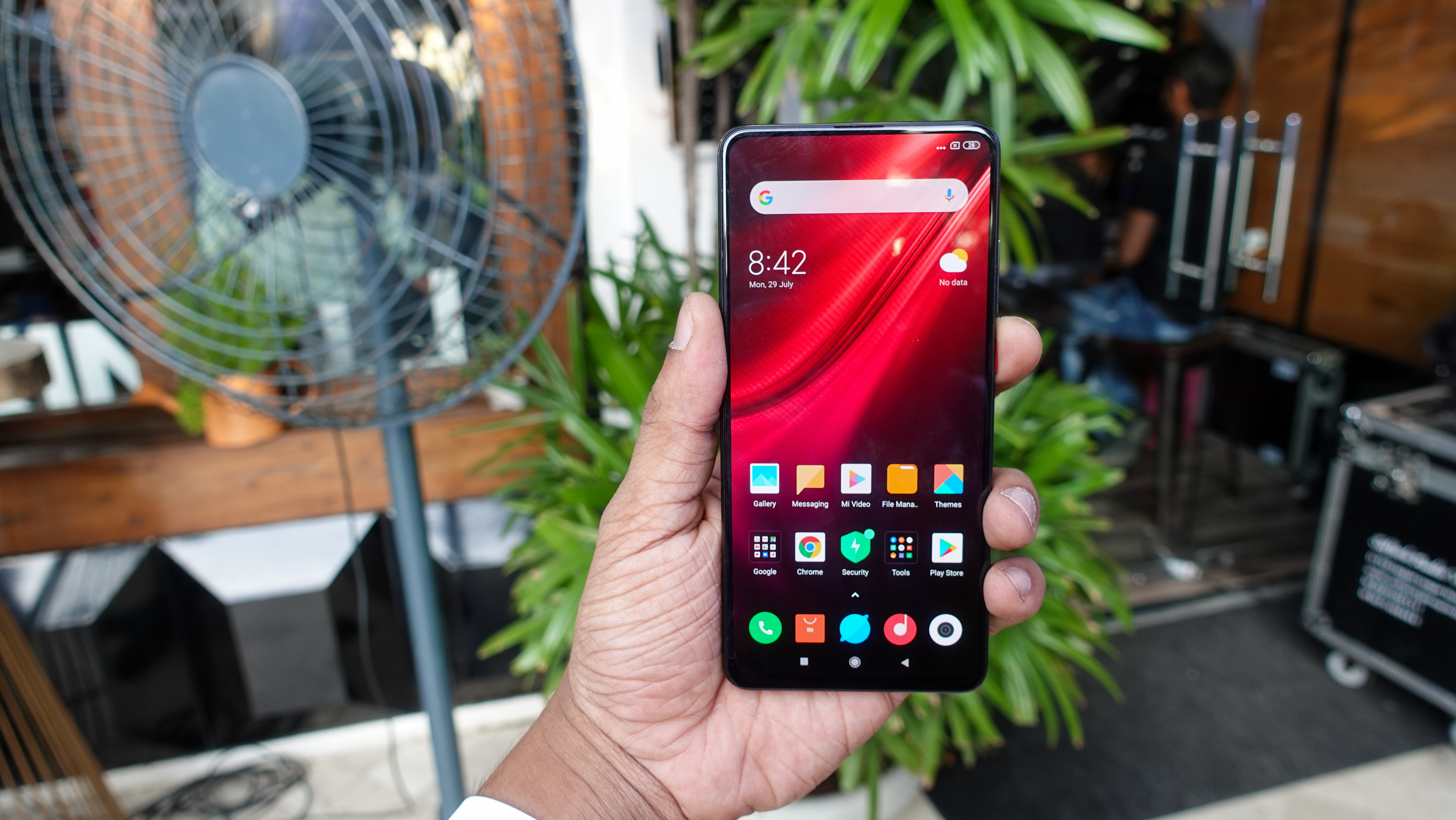
The Redmi K20 Pro replaces the K20 on this list, thanks to the aforementioned price cuts. It was Xiaomi's only flagship phone in India for all of 2019.
The Redmi K20 Pro features a glass back, a Full HD+ AMOLED display, a triple rear camera setup, a pop-up selfie camera and an under-display fingerprint sensor. The device starts at Rs 24,999 in India and is available in three attractive color options.
It's also powered by the flagship Snapdragon 855 SoC, with upto 8GB of RAM, which are uncommon specifications for the price. The non-Pro Redmi K20 offers much the same experience, with the only notable difference being the inclusion of a Snapdragon 730G chipset
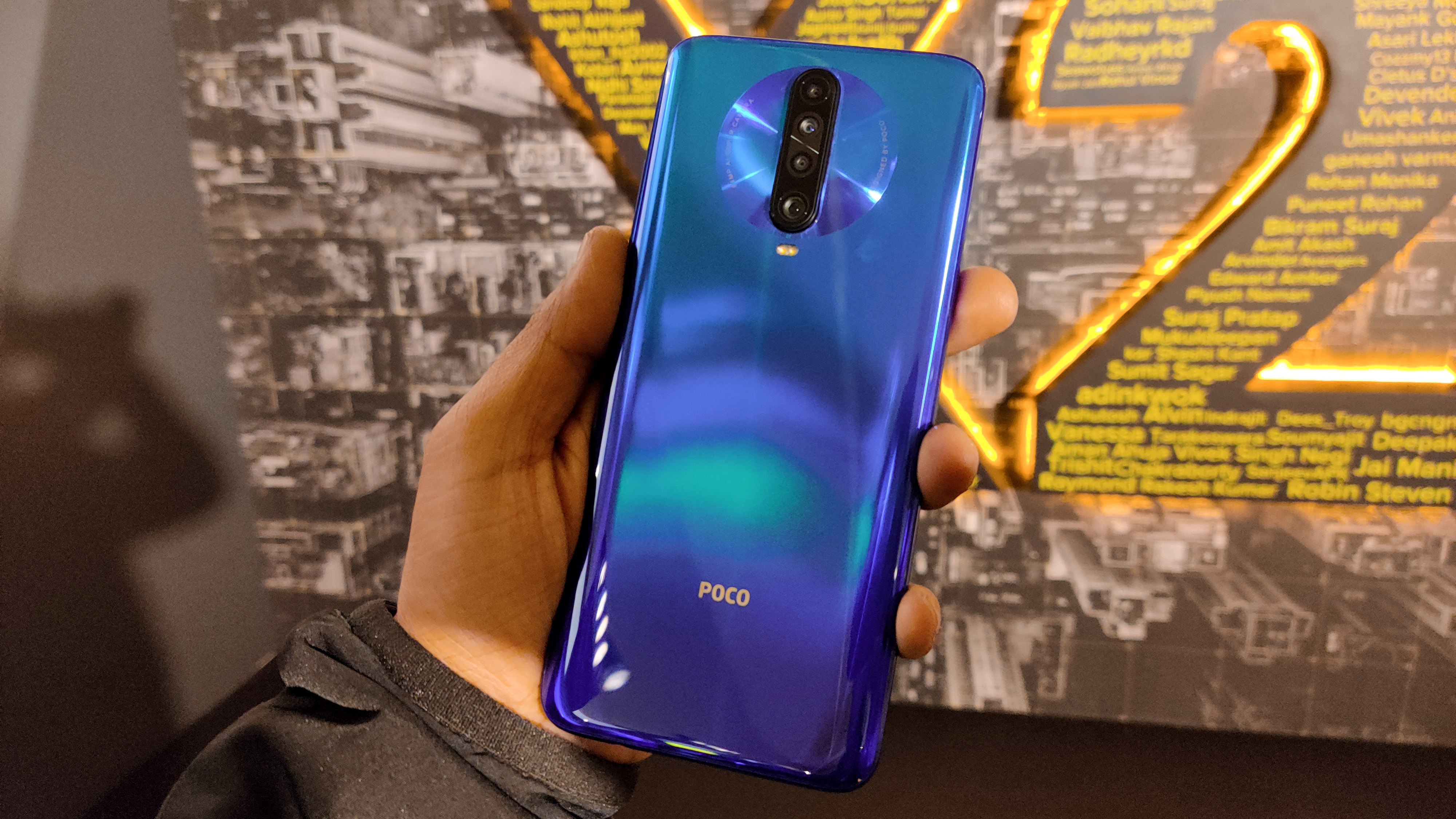
Poco is finally back to India, and this time, it tries to replicate the same success in the budget segment with the Poco X2. For starters, it is now the most affordable smartphone in India with a Snapdragon 730G chipset.
Not just that, it is also the cheapest phone with a 120Hz refresh rate display, with the closest alternative costing almost twice as much. This should combine well with the hardware and MiUI 11 optimizations for a very smooth experience.
Lastly, it also brings one of the most capable camera packages on any smartphone, with the new 64MP Sony IMX686 image sensor as the primary camera, and 8MP ultra-wide shooter, a 5MP macro lens and a depth sensor.
Topping it all off, the Poco X2 has a generous 4,500mAh battery with support for 27W fast charging.
Read our Poco X2 hands-on
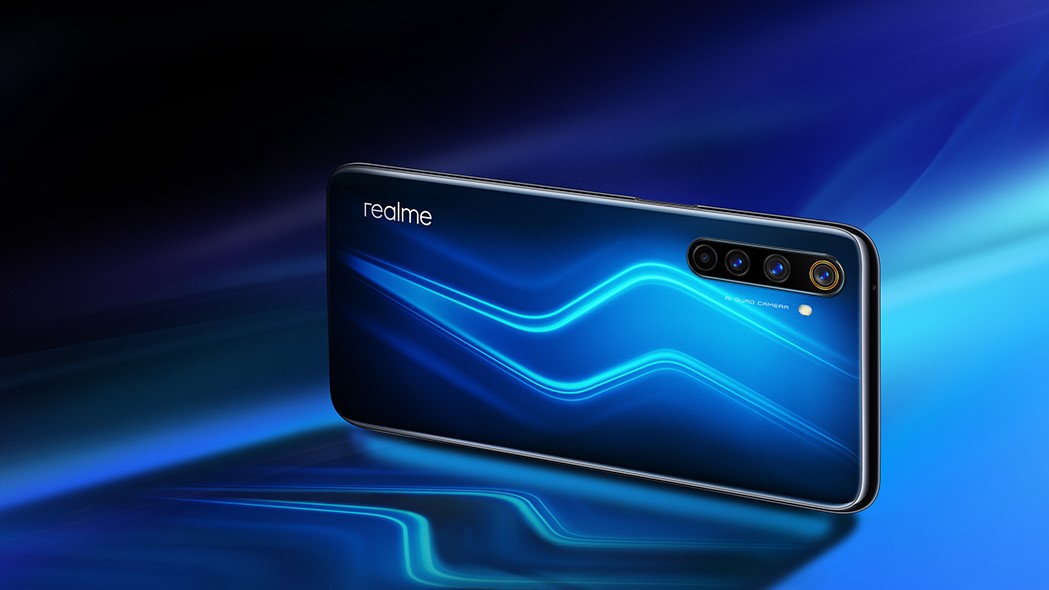
Realme has upped the ante when it comes to their number series this year. Both the Realme 6 and the Realme 6 Pro now cost a bit more but also offer more premium features.
Hence we have a 90Hz refresh rate display in a Realme device under the sub - Rs 20k segment for the first time. We also have a splash-resistant glass build as opposed to a polycarbonate build on the Realme 5 Pro.
The Realme 6 Pro also comes with the new Realme UI out-of-the-box and offers dual front cameras, one of which is an ultra-wide sensor. The handset is meant to compete with the POCO X2 and the Redmi Note 9 Pro
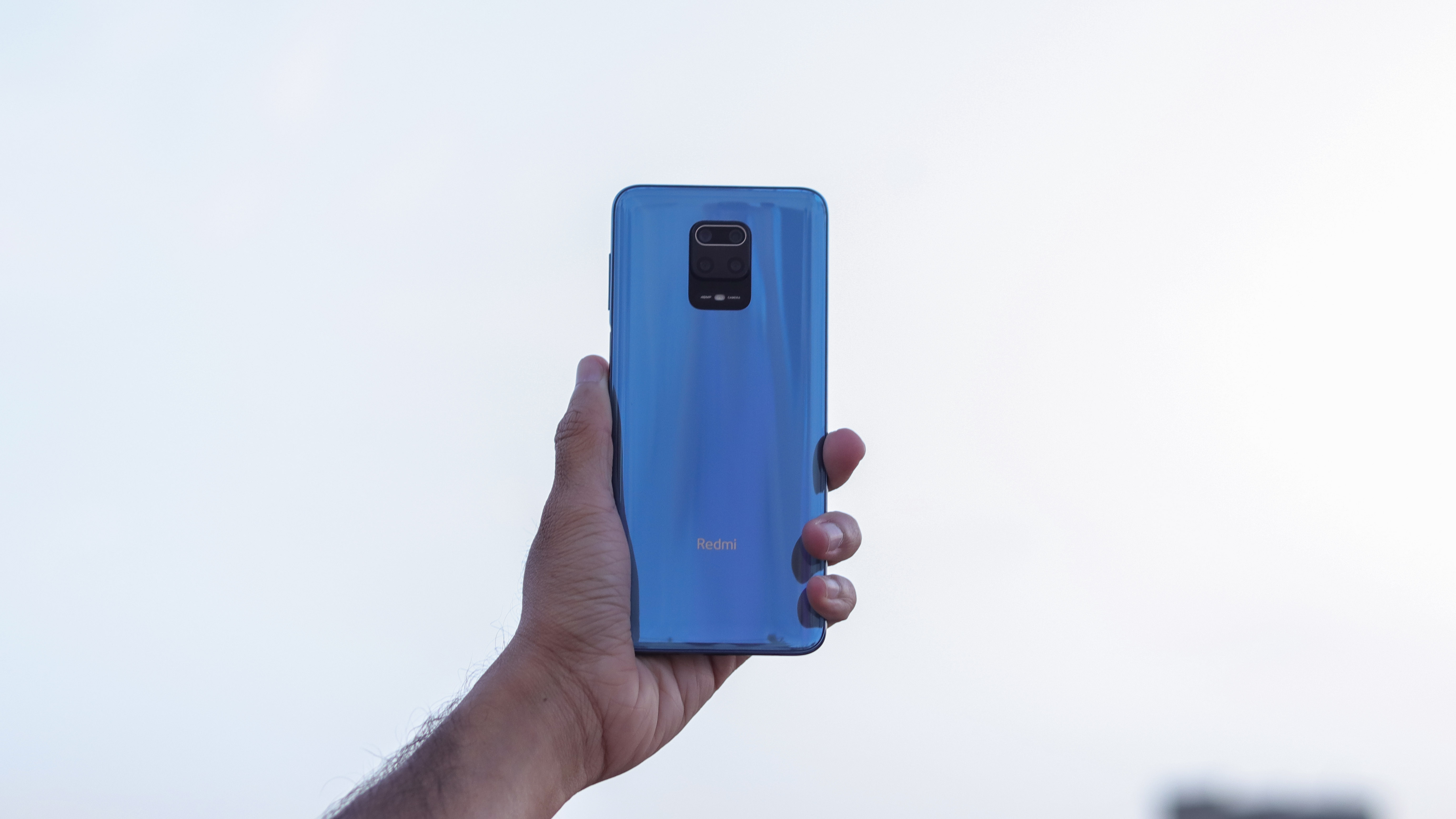
Kept as a well-guarded secret until the very launch event, the Redmi Note 9 Pro Max builds upon the Redmi Note 9 Pro’s hardware with improved cameras and faster charging. Hence, the 64MP (Samsing GW1) main sensor replaces the 48MP on the Pro model and a 32MP selfie shooter takes the place of a 16MP sensor.
Other than that, you also get an improved 33W fast charging and all the goods of the Redmi Note 9 Pro at a starting price of Rs 16,499. As always, Redmi offers tremendous value with its newest household Redmi Note models and this handset punches above its weight.
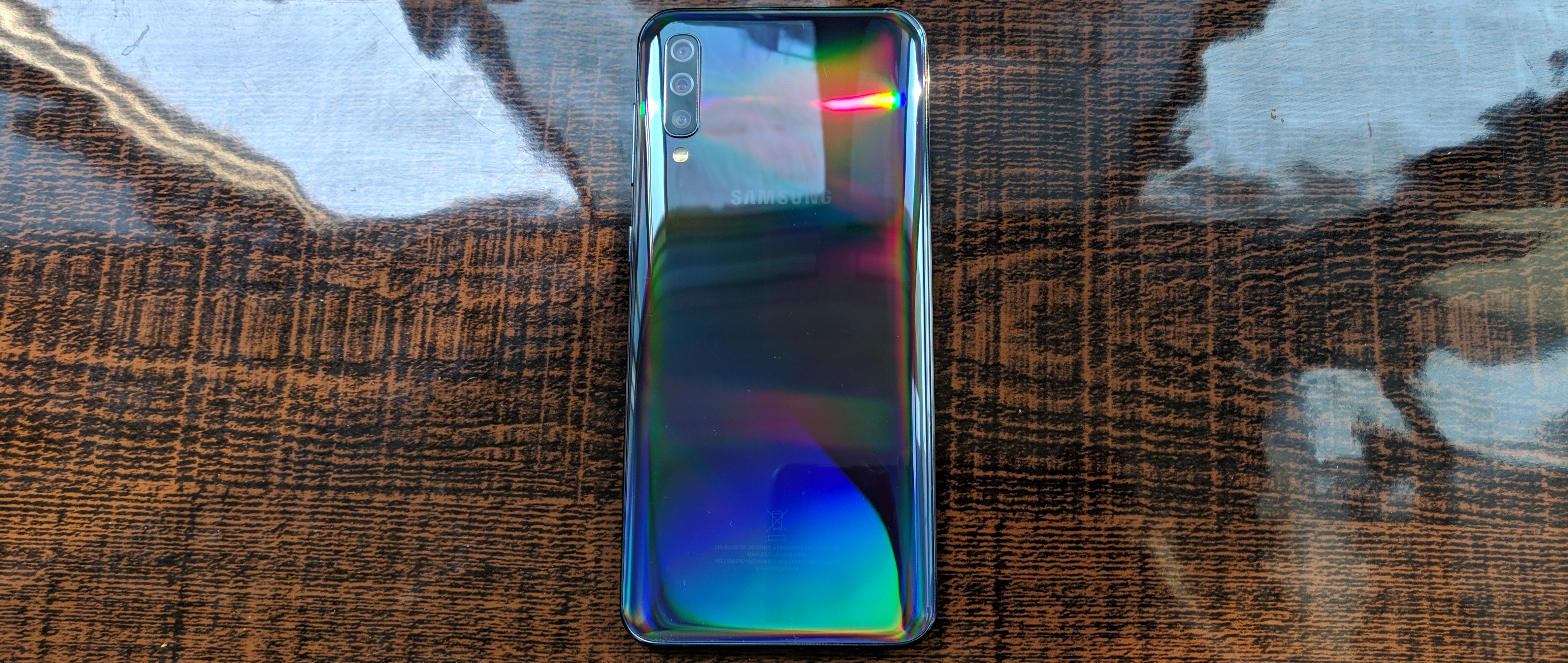
The Samsung Galaxy A51 has a lot going for it. The device features a glossy finish and sports an attractive display, a quad-camera setup that includes a good daylight camera, and decent battery life with fast charging support all make it a phone that’s worth considering when you go out to buy a new smartphone.
While the Galaxy A51 performs well in daylight, its low-light images are not up to the mark. If you are a heavy gamer, you might want to skip this device and look at the other devices mentioned in this list.
The device is available starting at Rs 23,999 in Prism Crush Black, White, Blue, Pink.

The Galaxy M31 is the spiritual successor of the Galaxy M30 and it advances Samsung’s goals for the Indian mid-range market. Also, do note that Samsung did an unexpected mid-cycle refresh of the series by introducing a Galaxy M30s last year. And the Galaxy M31 looks just like an iterative upgrade from there.
Keeping that in mind, the M31 improves upon it with better cameras. So, you now get a 64MP (the M30s had a 48MP) main shooter and a 5MP macro lens added into the mix. You also get Samsung’s latest One UI 2.0 built on top of Android 10 and Corning Gorilla Glass 3 protection.
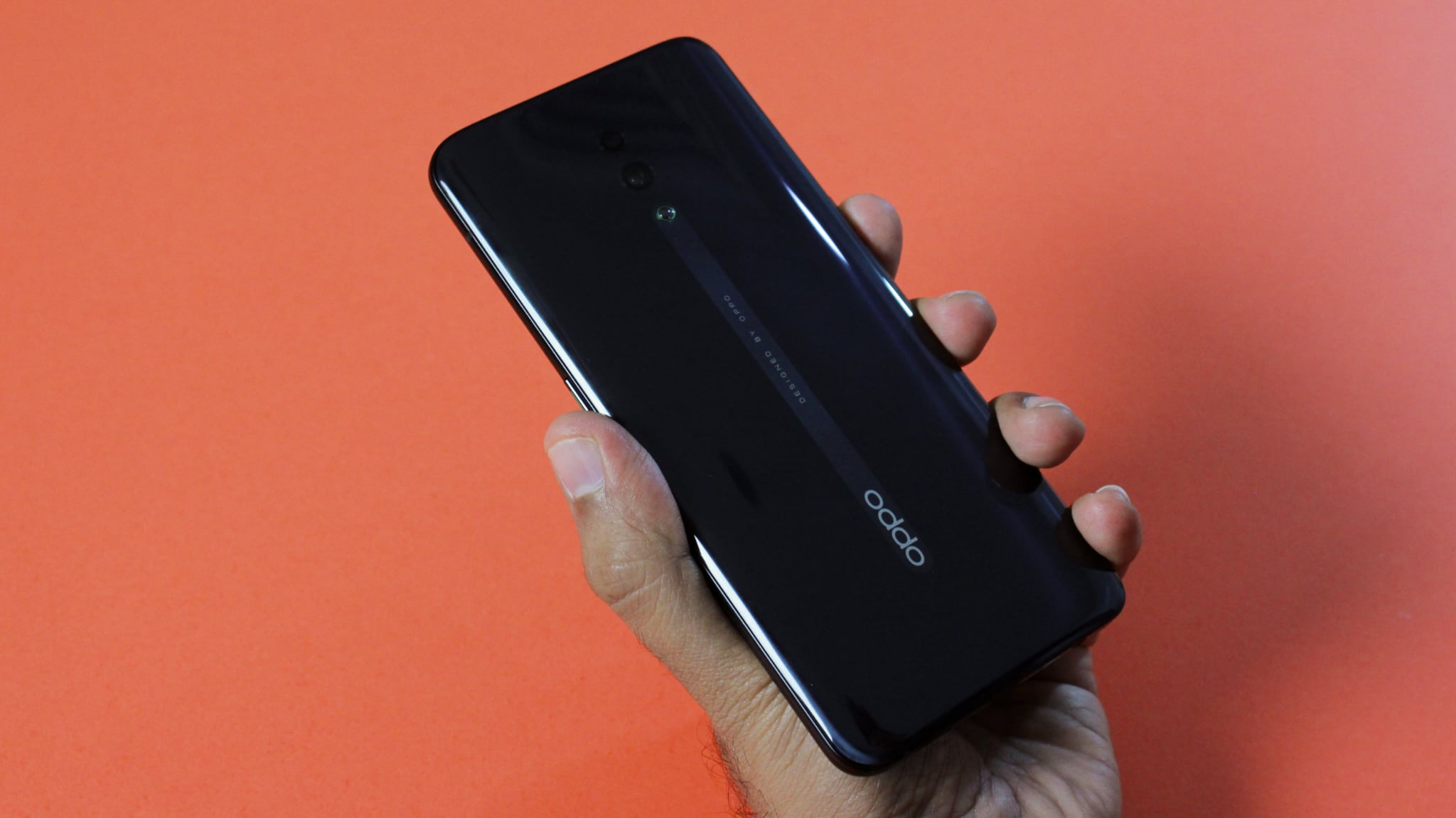
While it is not one of our top recommendations on this list, the Reno 2Z comes with a pop-up camera which is a dying breed in phones. The other part of the spec-sheet isn’t too shabby either with the MediaTek Helio P90 running the show, a 6.5-inch AMOLED Full-HD+ display and quad cameras.
But where the Oppo Reno 2Z really stands out is its design and build quality. Taking the phone in the hand, it will really feel like a much more pricey device than it actually is, with its seamless curved glass build. All this with 256GB of onboard storage will cost you Rs 22,990.
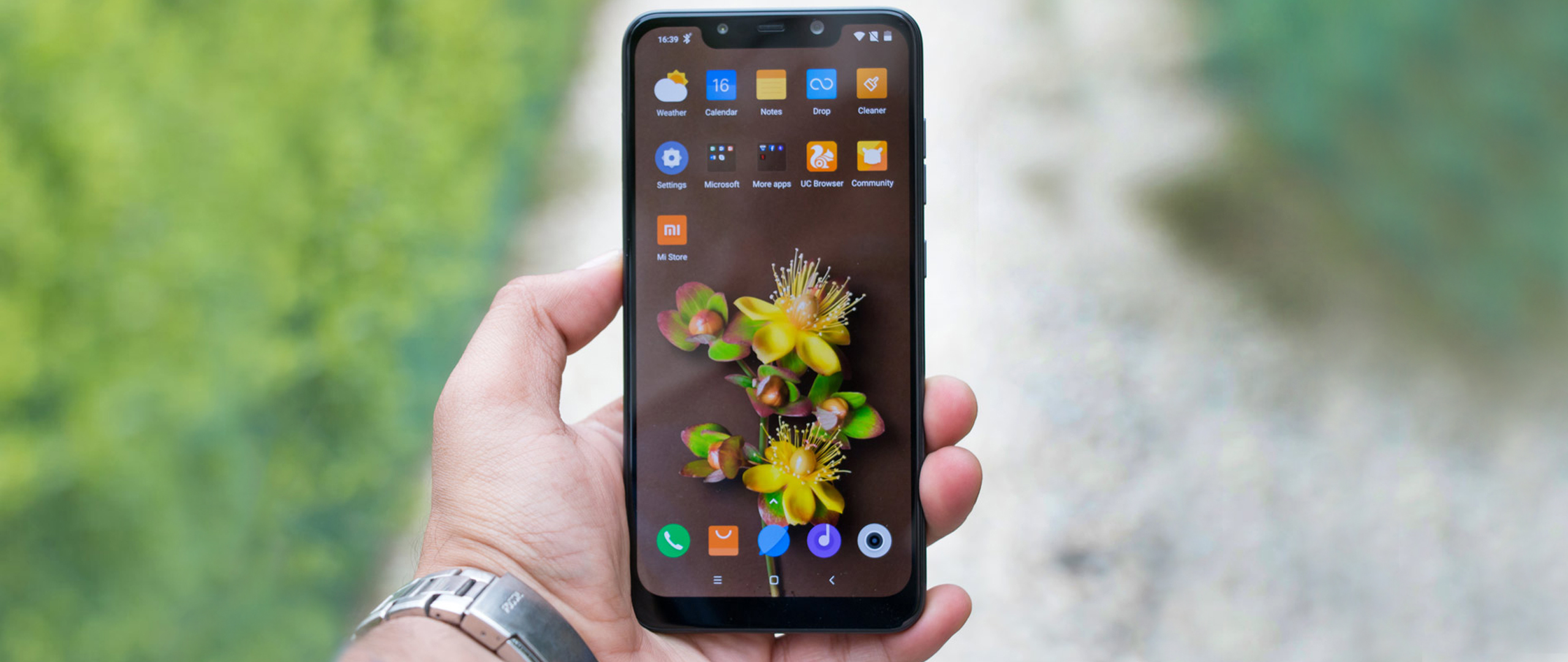
The Poco F1, the only launch so far from Xiaomi’s sub-brand Poco is a feature packed mid-range device. It is the cheapest Snapdragon 845 powered device in India and with the recent price cuts, it offers even more value for your money. While the device’s design is something that the company has compromised on, the Poco F1 is durable with a sturdy plastic build.
If you prefer performance over looks, the Poco F1 is the device for you. It is priced starting at Rs 14,999 in India.
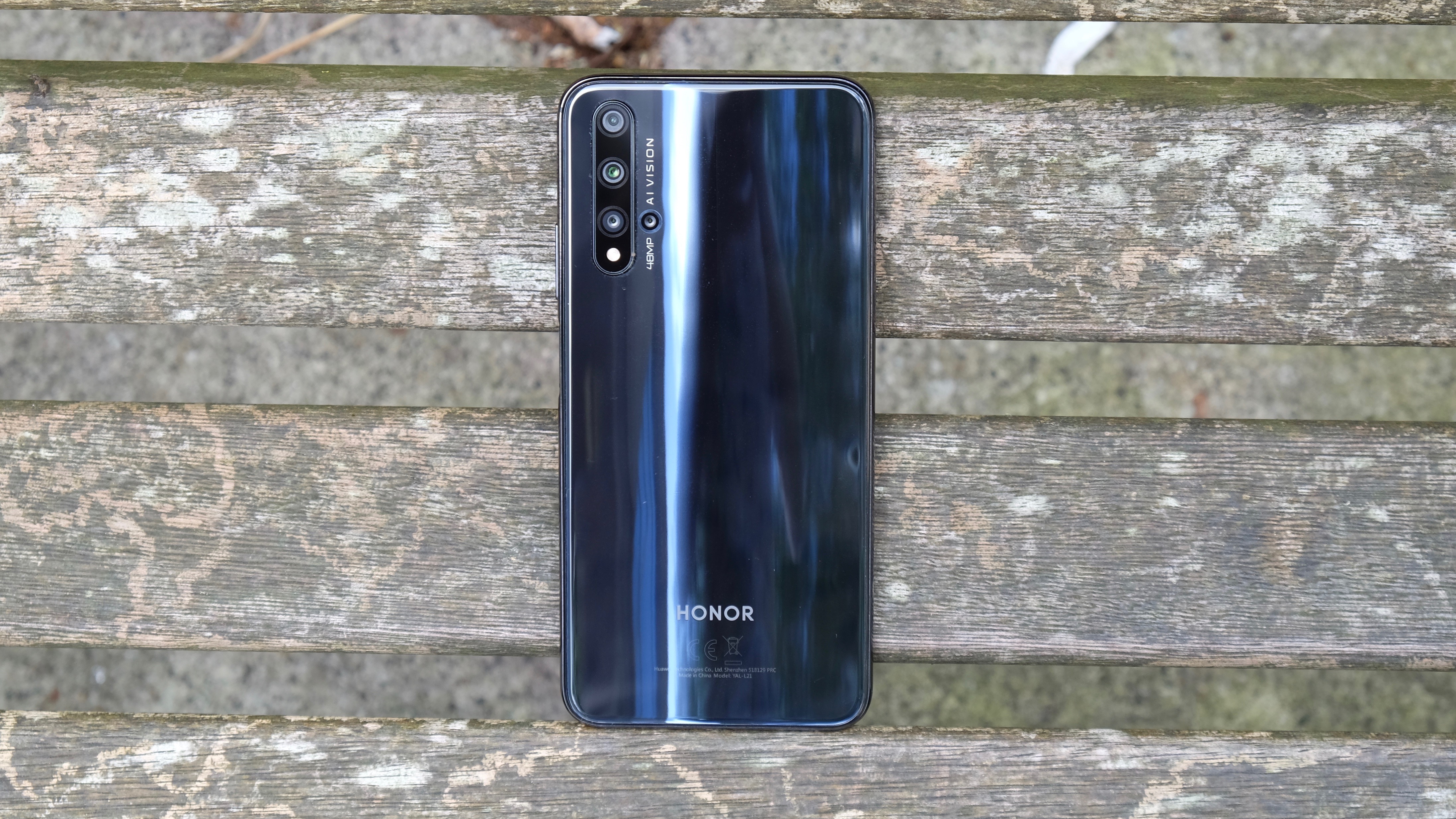
The Honor 20 is the company’s 2019 flagship selling at an astonishingly low rate in India. And that’s the biggest reason that it’s on this list here. It costs Rs 22,999 which is a good Rs 3,000 lower than the most affordable Snapdragon 855 flagship - the Redmi K20 Pro.
The trade-off? Well, you’ll get a Kirin 980 SoC instead, which is, by no means, a slouch CPU. More importantly, Huawei's issues mean you might be stuck with old software. The other internals like the 48MP rear camera stack up well against what you get in the segment. It’s got a slightly smaller battery though, at 3,750mAh. That and its low resale price could be a deal-breaker for some. But if you can overlook that, the Honor 20 is an interesting option.
0 comments:
Post a Comment